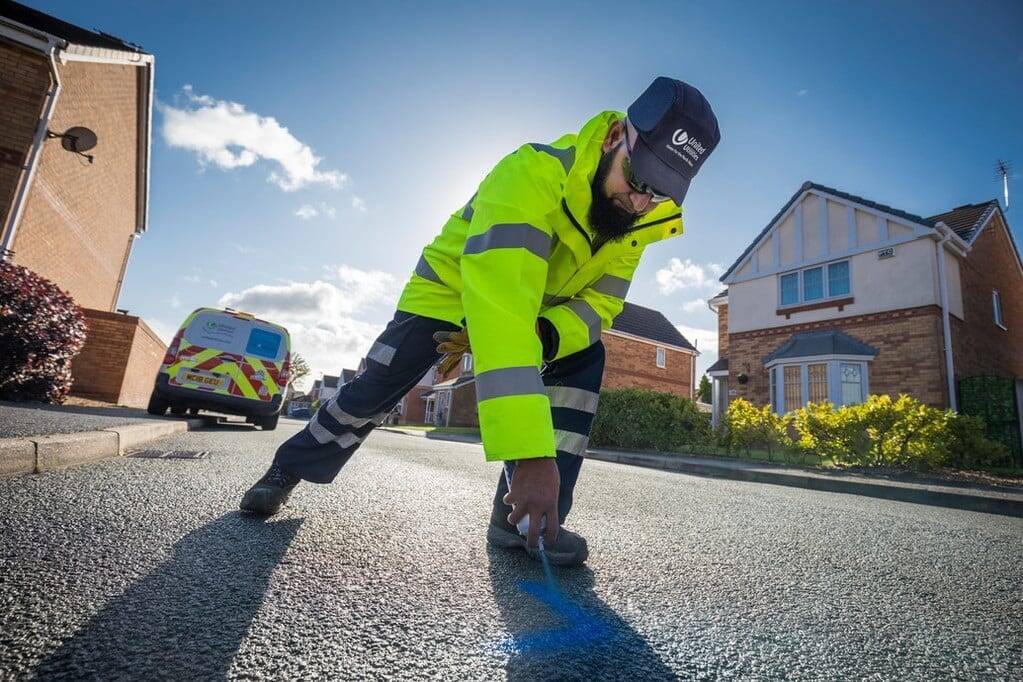You’ve reached your limit!
To continue enjoying Utility Week Innovate, brought to you in association with Utility Week Live or gain unlimited Utility Week site access choose the option that applies to you below:
Register to access Utility Week Innovate
- Get the latest insight on frontline business challenges
- Receive specialist sector newsletters to keep you informed
- Access our Utility Week Innovate content for free
- Join us in bringing collaborative innovation to life at Utility Week Live
United Utilities’ (UU) leak detection system has learnt to distinguish between leaks of different sizes based on acoustic and kinetic data from loggers in the network.
UU teamed up with Fido Tech last year to triangulate the precise location of leaks and amassed what it described as the largest collection of leakage data in the world.
 The Fido technology can now calculate the size of a leak to allow technicians to prioritise investigating and repairing larger bursts.
The Fido technology can now calculate the size of a leak to allow technicians to prioritise investigating and repairing larger bursts.
The artificial intelligence (AI) analyses data from acoustic loggers and hydrophones. Its algorithms can filter out noises such as pumps or external nearby sounds, which makes it 92 per cent accurate.
During a trial in December, Fido learnt to home in on actual volumes of water being lost in individual leaks, by applying deep-learning principles to the raw data in sound files submitted by sensor alarms.
Now, the size range within each of the small, medium and large denominations can be adjusted according to an individual network’s characteristics.
Following the trial, UU’s leakage teams have widely adopted the system with data labelled for tracking throughout the workflow.
Leakage manager Hannah Wardle said: “The ability to rank the leaks by size will allow us to target resources more efficiently. Leakage is one of those issues our customers care deeply about and working with Fido is one of the many innovative ways we are tackling it.”
The work was developed as part of UU’s Innovation Lab where Fido had access to data from UU’s district metered area (DMA).
Fido chief technical officer and physicist Neil Edwards explained how Fido built on previous leakage work: “The north west, like much of the UK, has such a mature approach to leak detection, with a large sensor estate and defined district metered zones where we could accurately validate leak volumes against observed flow and pressure data.”
He said the system now knows what to look for and does not need proof-checking, which would make it usable in places without DMAs.




Please login or Register to leave a comment.